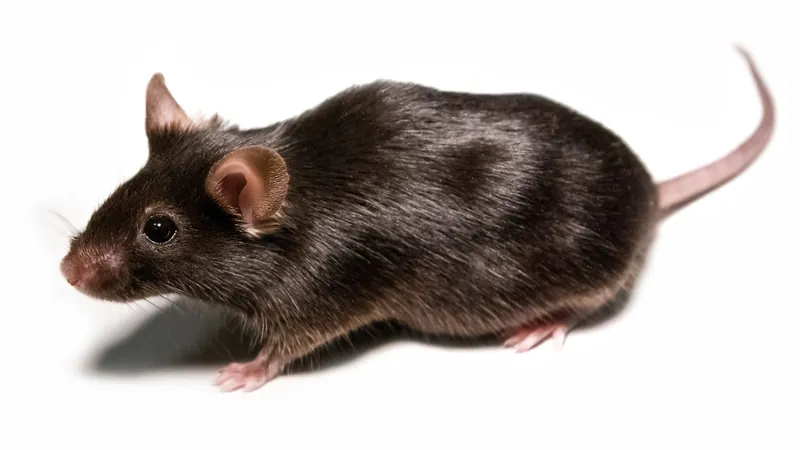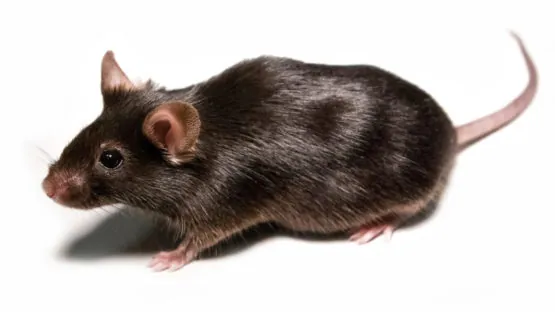Frailty and the decline of the immune system are two typical features of aging, but new research shows that both can be halted and even somewhat reversed using a novel cell-based therapy.
Frailty and immunosenescence
Frailty is something that frequently affects older people, and it ultimately results in the loss of independence and quality of life for many people. Everyday tasks such as getting around become a challenge, and trips and falls can become deadly for people suffering from frailty.
Along with frailty, aging is accompanied by the gradual decline of the immune system, a process known as immunosenescence, in which immune cells cause inappropriate inflammation or become dysfunctional and unable to do their jobs. This makes older people more vulnerable to infectious diseases, as the immune system becomes increasingly less able to fight back against invading pathogens.
This puts older people at a higher level of risk during cold and flu season and during outbreaks such as COVID-19. Vaccinations are also typically less effective in the elderly as their immune systems just do not work that well, so they normally have the highest mortality rates when infectious diseases are circulating.
In the last few decades, life expectancy has continued to rise steadily, but that increase is not always accompanied by good health. Healthspan, the period of life that an individual spends healthy and free from disease, is the focus of researchers at the University of Bern as well as the University Hospital Bern, and they are aiming to find ways to increase healthspan in people. With a population increasingly reaching ever more advanced age it has become a matter of urgency to help older people maintain health for as long as possible.
Belly fat plays a key role in inflammaging
Inflammaging, the chronic low-grade systemic inflammation that typically accompanies aging, is thought to be instrumental in aging, and researchers have long proposed that inflammaging influences the rate of aging and contributes to the development of various age-related diseases. This persistent background of inflammation also leads to increasingly poor tissue repair and degeneration as we grow older
Inflammaging has many sources, including senescent cells and their pro-inflammatory secretions, cell debris, microbial burden, and immunosenescence. The researchers of a recent study have shown that visceral adipose tissue, known as belly fat, is also a key contributor to inflammaging.
The researchers showed that immune cells known as eosinophils have a central role in regulating inflammation and aging via their contribution to inflammaging. Eosinophils are white blood cells that are typically found circulating in the bloodstreams of both mice and humans, but they are also resident in belly fat.
In healthy people, between 1-5% of all white blood cells in the body are eosinophils, which are created in the bone marrow, circulate in the bloodstream, and generally migrate into various tissues where they reside for a short time. Eosinophils contain a package of around 200 granules of enzymes and proteins which burst open (degranulate) to release their payloads when triggered. During normal operation, these pro-inflammatory cells act almost like tiny grenades, moving to the target and exploding to destroy nearby bacteria, parasites, and so on.
The eosinophils resident in belly fat also appear to have an additional and previously unknown role, helping to regulate and maintain local immune system homeostasis, or balance. However, as we age, the number of eosinophils present in the belly fat declines, and the number of pro-inflammatory macrophages, immune cells that eat waste, rises. As a result of this shift in immune cell distribution, belly fat becomes a source of pro-inflammatory signals, which then contribute to the overall background of systemic inflammation.
Rejuvenating belly fat
After establishing the key role eosinophils play in regulating inflammation and immune system balance, the researchers explored the possibility of rejuvenating visceral adipose tissue in order to restore the balance of immune cell types back to that of younger individuals. They transferred eosinophils from young mice into old mice, which reversed both local and systemic inflammation.
The research team noted that the transplanted eosinophils homed in on the adipose tissue, which had a rejuvenating effect on the old mice. The mice experienced an improvement to physical fitness during endurance and grip tests and were less frail. Perhaps most fascinating was that their vaccination response improved, which suggests that the immune system was rejuvenated to a significant level.
The researchers are now planning to use these findings to develop and translate therapies with the aim of rejuvenating the immune system, reducing inflammation, and to promote increased healthspan in humans.
Adipose tissue eosinophils (ATEs) are important in the control of obesity-associated inflammation and metabolic disease. However, the way in which ageing impacts the regulatory role of ATEs remains unknown. Here, we show that ATEs undergo major age-related changes in distribution and function associated with impaired adipose tissue homeostasis and systemic low-grade inflammation in both humans and mice. We find that exposure to a young systemic environment partially restores ATE distribution in aged parabionts and reduces adipose tissue inflammation. Approaches to restore ATE distribution using adoptive transfer of eosinophils from young mice into aged recipients proved sufficient to dampen age-related local and systemic low-grade inflammation. Importantly, restoration of a youthful systemic milieu by means of eosinophil transfers resulted in systemic rejuvenation of the aged host, manifesting in improved physical and immune fitness that was partially mediated by eosinophil-derived IL-4. Together, these findings support a critical function of adipose tissue as a source of pro-ageing factors and uncover a new role of eosinophils in promoting healthy ageing by sustaining adipose tissue homeostasis.
Conclusion
Once again, this demonstrates that aging is not a rigid or one-way set of processes and that it has a great deal of malleability. Of the various approaches to aging being developed, the rejuvenation of the immune system seems a solid strategy indeed. By maintaining our immune systems as we grow older through therapies such as this, we could maximize our healthspans for longer and, most importantly, healthier lives.




